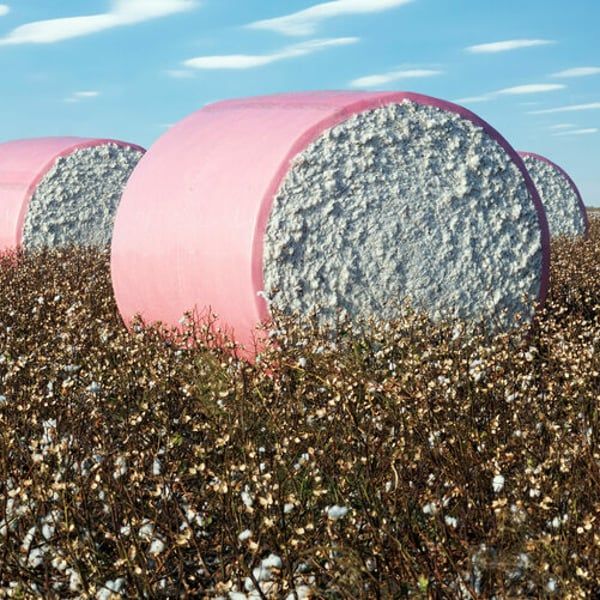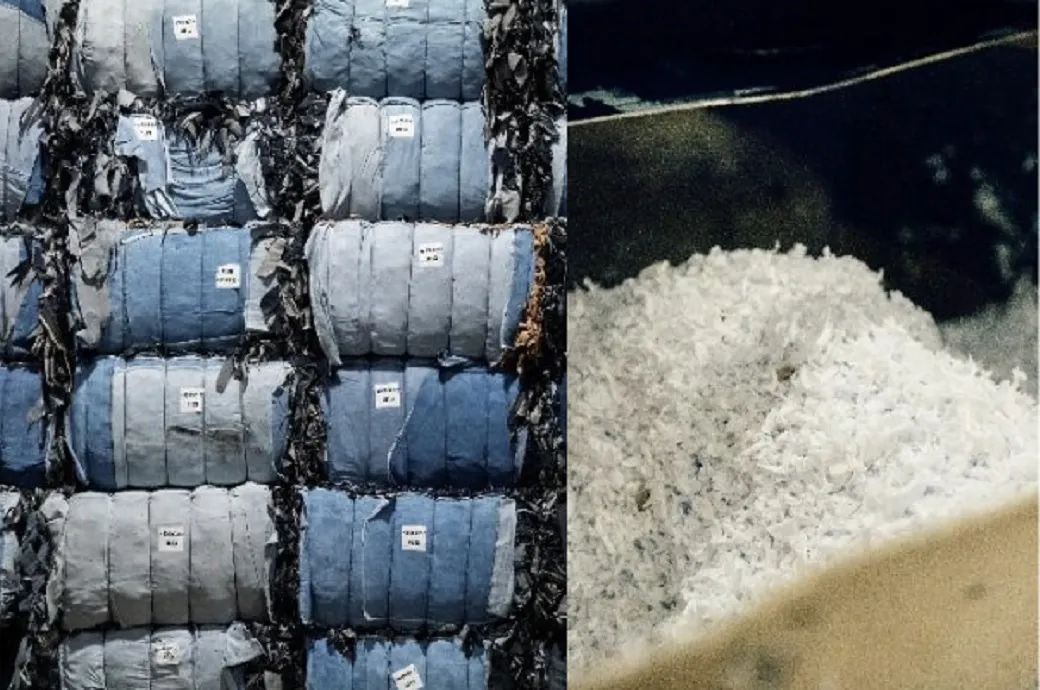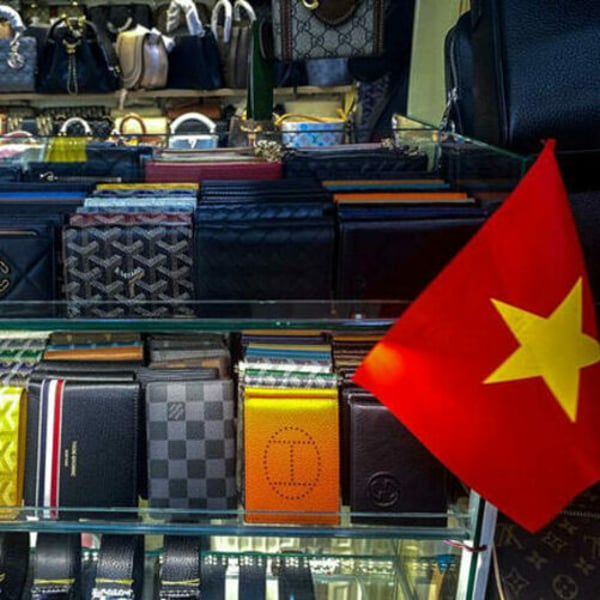Translated by
Nazia Bibi Keenoo
Published
April 29, 2025
The main clothing -producing nations, Bangladesh, Pakistan and Indonesia, are increasingly resorting to American cotton purchases as a negotiation tool in negotiations to avoid US tariffs in clothing imports. Although each country operates in different economic conditions, they share a common strategy that can face obstacles, including the limited production of the USA and China's dominant position in cotton trade.
The National Cotton Council of America (NCC) has recently seen an increase in the commitment of foreign buyers. Several of the United States key cotton importers are taking advantage of their purchasing power to obtain raised rates imposed on clothing by the Trump administration. This effort includes the Bangladesh (BTMA) Textile Muelas Association, which has launched direct discussions with US officials.
The United States is the largest cotton producer in the world, after China, India and Brazil, with a production of 12 million bullets in 2023, which represents 11% of global production. In 2024, Bangladesh became the fifth largest importer of American cotton, buying a value of $ 270 million. As conversations advance, Bangladesh has expressed its willingness to significantly increase the percentage of American cotton in its mixture of raw material, which currently represents only 12%.
“We firmly believe that this volume can increase four to five times in the near future through mutual cooperation and political support,” said BTMA president, Showkat Aziz Russel. He emphasized the “long -standing and fruitful association between the textile and clothing sectors of Bangladesh and the United States.
Bangladesh's main priority is to avoid the new 37% rate, which has increased from 10% before. In 2024, the United States imported clothes worth $ 7.5 billion of Bangladesh, placing the country behind China, Vietnam and India among the main suppliers of the United States.
Pakistan strategy
Pakistan is looking for a cotton -like approach to influence commercial conversations, although from a different point of view. While it is the fifth largest cotton producer in the world, it also occupies the fourth place in the cotton imports of the United States: Crassar China, Vietnam and Türkiye.
In 2024, Pakistan exported $ 2.1 billion in clothing to the United States. The country is now wearing the possibility of increasing imports of American cotton and oil to negotiate exemptions from tariff walks.
Although trade minister Jam Kamal Khan is still optimistic, concerns persist. Industry leaders warn that the commercial war directed to China could inadvertently favor India and Vietnam, both of which they send large volumes of clothing to the United States than to Pakistan. Vietnam, in particular, is drawing attention as Chinese manufacturers relocate the operations there to avoid tariffs specifically aimed at Chinese goods.
Diplomatic Balance Law of Indonesia
Indonesia, the fifth largest clothing exporter to the US. This strategy is aligned with the economic diplomacy led by the Minister of Economic Affairs Airlangga Hartarto.
Indonesia produces little cotton nationwide and depends largely on the imports of Australia and Brazil. Changing to American cotton would mark a significant change in supply policy.
However, there is a great challenge: the US cotton supply is limited. This shortage could generate competition among countries seeking access while trying to work around US commercial barriers.
Currently, China represents 18.4% of the US cotton exports, which makes it the largest foreign buyer. However, China is subject to the same rates, its dominant market share allows it to influence American cotton access, which potentially restricts availability for Asian rivals and hardening its control over the global supply chain.
Copyright © 2025 Fashionnetwork.com All rights reserved.












